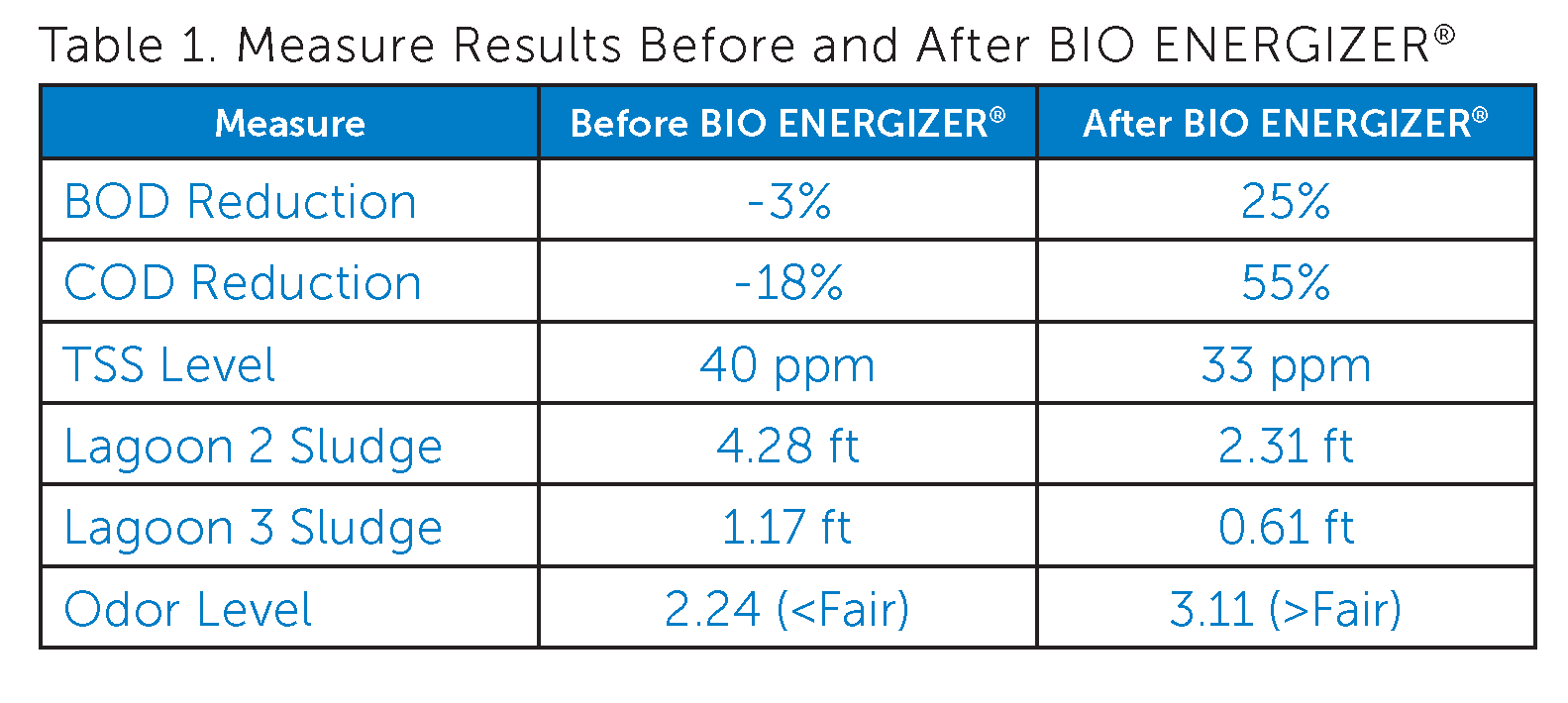Location: Louisiana
A large sugar refinery struggled with elevated BOD and COD values in its wastewater treatment lagoons due to the sugar refinery process. The lagoon wastewater system capacity was 25 million gallons with an influent of 1.25 million gallons per day. The wastewater system also suffered from accumulating sludge as well as significant odor issues. The sugar refinery had a history of periodically being unable to meet its National Pollutant Discharge Elimination System (NPDES) permitting requirements.
Probiotic Solutions® BIO ENERGIZER® applied to a sugar refinery wastewater lagoon system over 9 months resulted in reduced accumulated sludge, TSS, and odors, with improved BOD and COD reduction.
Read the full report in English online
Read the full report in Spanish online
Download the full report PDF in English
Download the full report PDF in Spanish
Related Posts

Webinar Video: Lagoons Under the Surface
Webinar video highlights key findings—including $6M in savings—from a year-long bioremediation program for lagoon sludge reduction at a municipal wastewater treatment plant. In this 31-minute video, Heather Jennings, PE, Director of Probiotic Solutions®, and Diego Lopez, Chief Plant Operator for the City of Lemoore, Calif., Wastewater Treatment Plant discuss highlights from the year-long study of

Use of Biostimulants for Upset Recovery in Paper Mill Wastewater Systems
By Heather Jennings, PE Two specific Probiotic Solutions® liquid bioremediation products were used at a large-scale paper mill in China to address system upsets caused by hydraulic loading from new upstream processes. The products involved are Bio Energizer® (BE)—a scientific formulation of organic acids, buffers, natural biological stimulants, micronutrients, and energy systems—and Micatrol® (MT), a

Our Most Popular Case Studies
Bioremediation can improve the activity and reproduction of wastewater microbiology. The following case studies used bioremediation to improve wastewater treatment conditions and operating costs.


